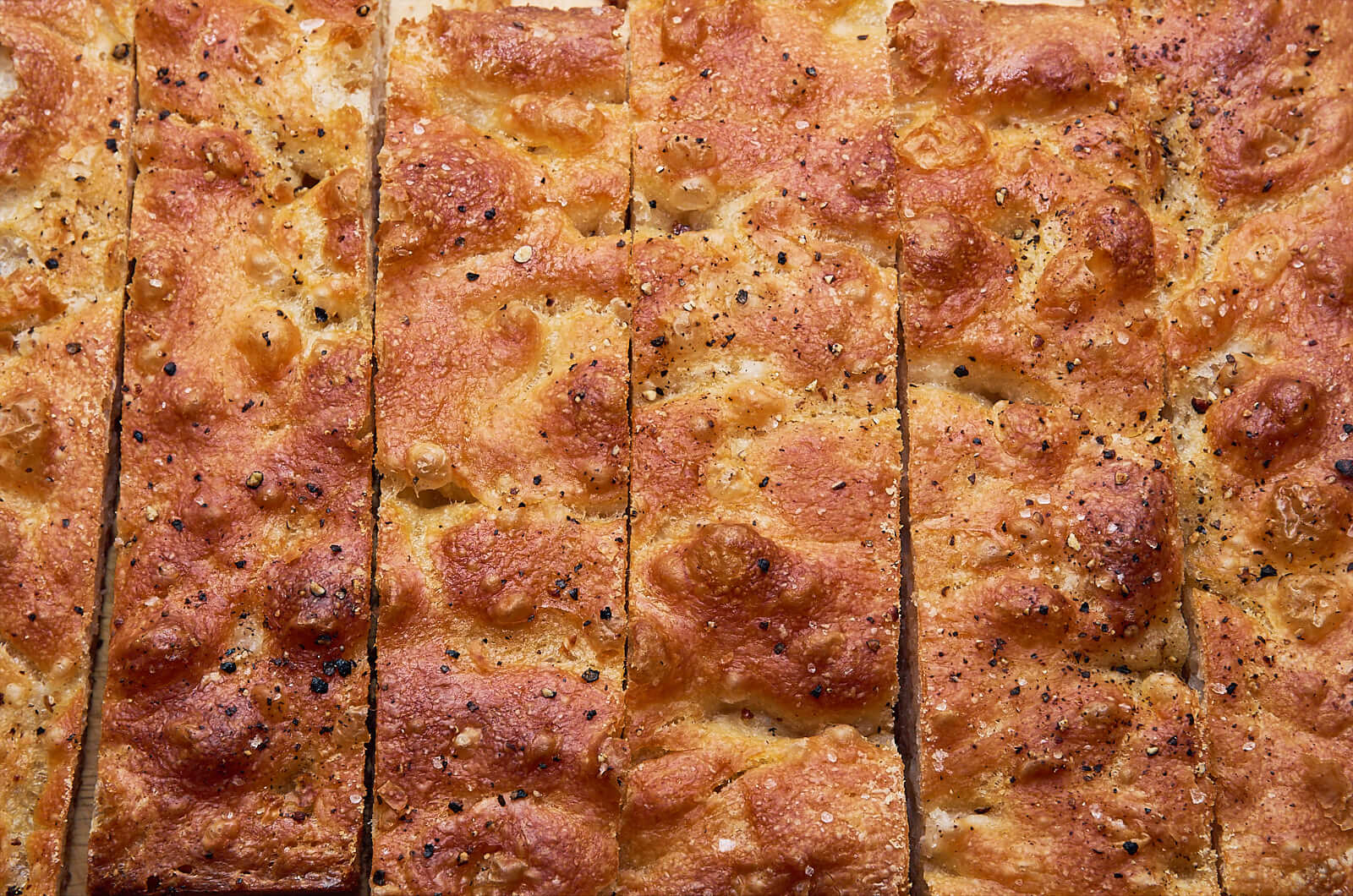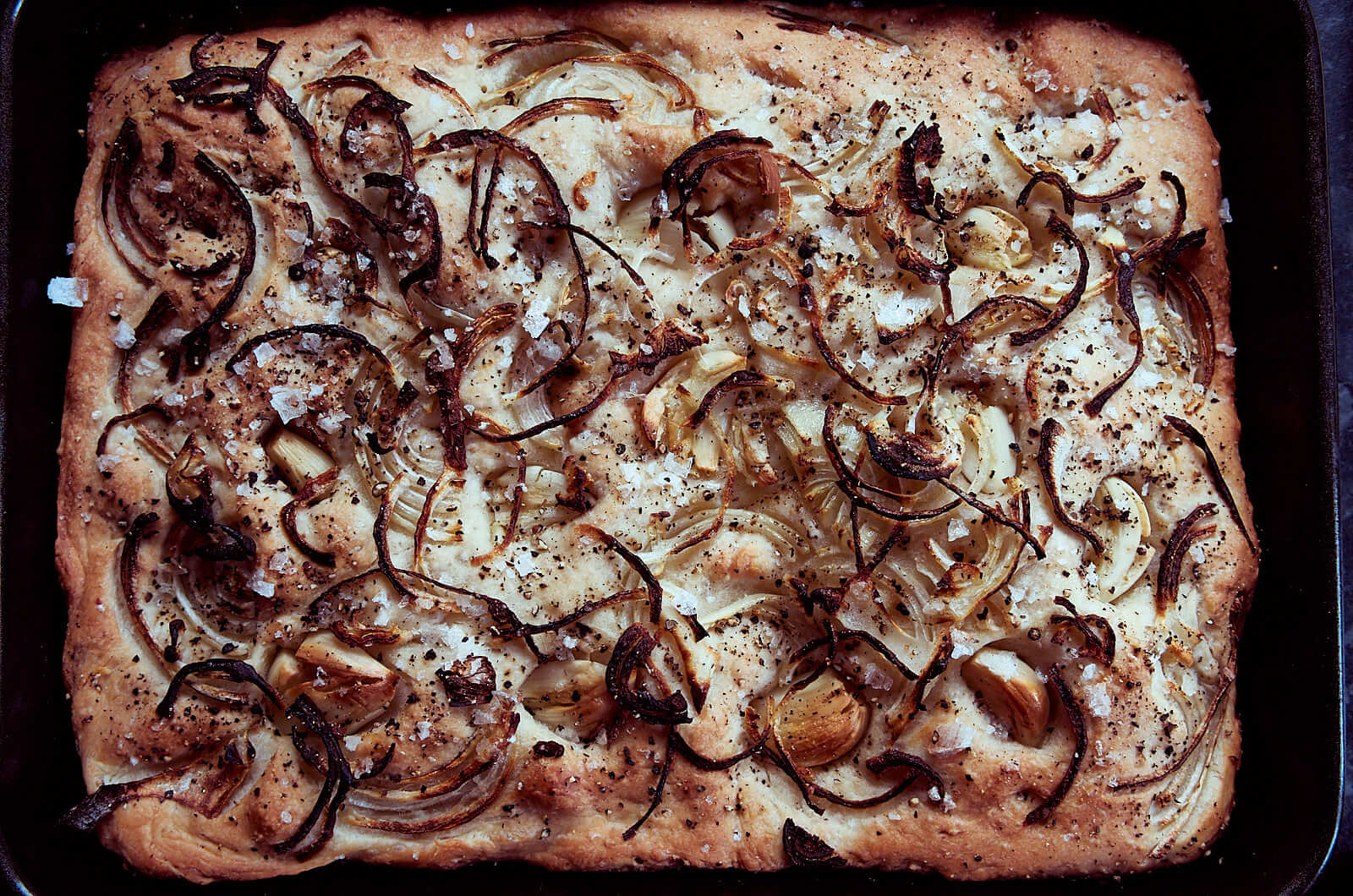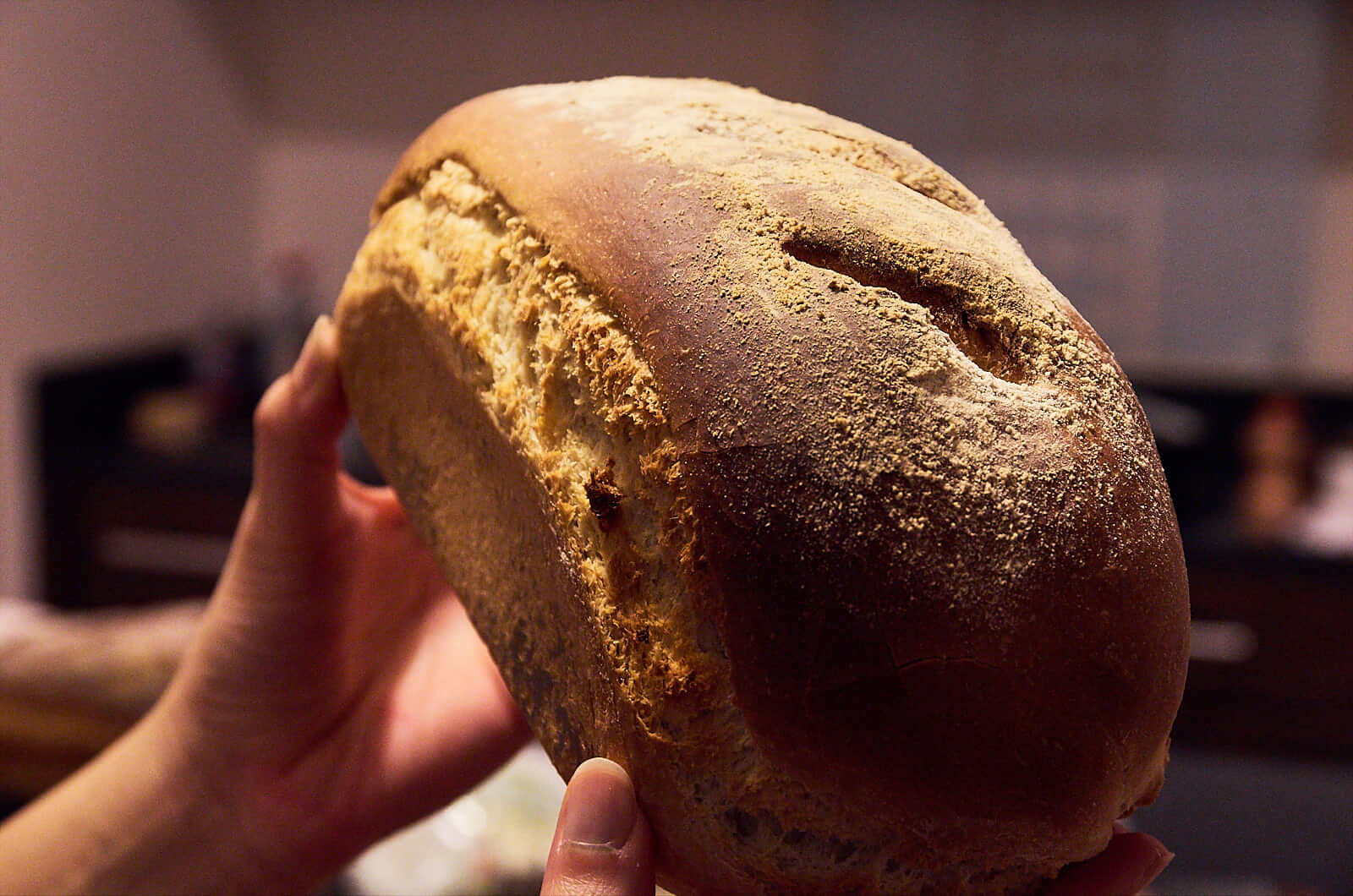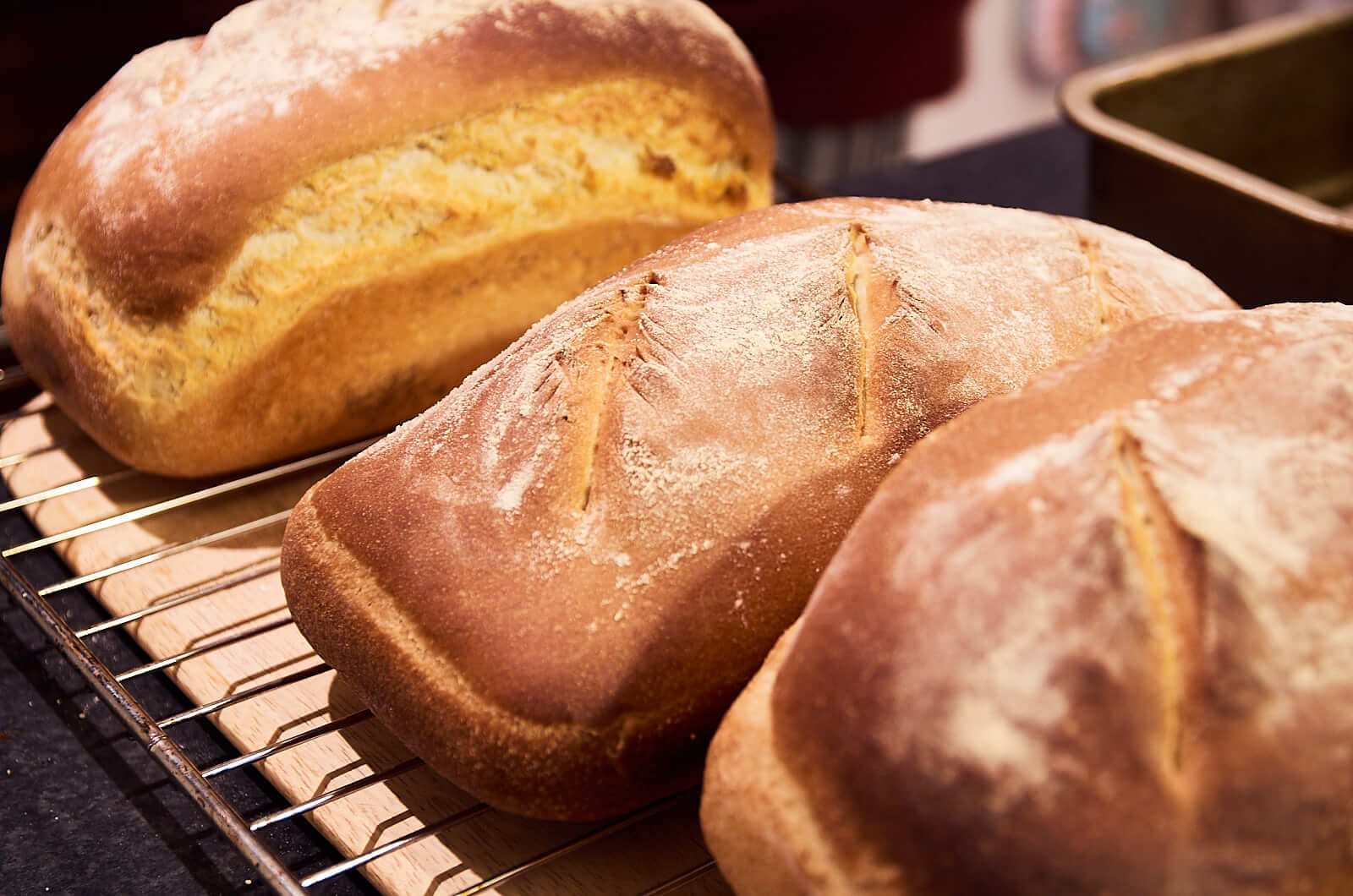All about bread

A note:
It feels like every time I make a comeback post, I never come back. I make the post, fall off the wagon and never show up again.
Truth be told, I procrastinate too much. These posts are always on my todo list, and I never think I have enough time to write them, but I’ve probably had enough time to write a million of these. Hopefully I am more structured this year (I say that every year).
Speaking of procrastination, this post is being written the night before an exam. Swings and roundabouts.
Let’s get into it
Why Did I Start?
Honestly, I’ve wanted to start baking for a while. Two things held me back – time and money.
To me baking was desserts. I never once considered bread. So, I never started baking. My gripe with desserts is the sheer quantity of sugar, the rapid expense (~£1.50 for butter alone, then eggs, sugar etc. and it all adds up), sweetness and how calorific they are. I couldn’t make a lot of desserts to experiment with the same way I could bread – so I don’t make them. I don’t have people to eat them, and I don’t have the money to make them.
Enter bread. 60 pence-ish for 1.5kg of flour, water is free, yeast is cheap, it’s savoury and everyone eats bread. Bread doesn’t have a lot of hands on time – just leave it to rise, knead a bit, rise and bake – bam, deliciousness.
I’ve made many mistakes when making my loaves, which are all documented below. Read on to laugh at me.
Let’s start with what I’ve made
Focaccia
I had some beautiful focaccia from an amazing bakery in Notitngham called “Tough Mary’s Bakehouse". I was hooked. It was so light, airy, pillowy, oily and ever so more-ish. So, I set out to make more and to try and replicate it. I haven’t fully succeeded, but I’m a step closer than I ever was.

This is a lengthy recipe – the kind of recipe where you plan your day around it. A lot of hands on time, folding, rising, folding and a long cold ferment. Normally too much hands on time for me. But, it was most definitely worth it.
I didn’t have a big sheet-pan to make it in, so instead opted for a few small baking trays. What came out was a soft, pillowy, airy bread that just melted in the mouth. I kept it simple with just salt and pepper, and in all honesty it didn’t need more.
When I remake it I’m definitely using a larger baking tray in the hopes that I get an even airier and fluffier texture.

o Gordon Ramsay’s

Gordon Ramsay’s focaccia recipe is the one I’m most familiar with. In all honesty it doesn’t make a light and airy focaccia, but something more akin to cornbread. Not to say it’s bad, but it isn’t the airy focaccia I’ve been looking for. I’ll definitely be remaking it, especially as the flavours are on point.
I’ve made it with sundried tomatoes, with olives, garlic, red onion and it comes out great – just not focaccia great.
White bread
I’ve had many a try with white bread. Some have turned out great and some have turned out denser than bricks (that was the yeast). My favourite would have to be Vincent’s recipe – it has little to no kneading and is all hands off time. The Waitrose recipe is fantastic for a quick bread though.
o Waitrose

This recipe yields your typical sandwich loaf, but better. It’s soft. It’s smooth. It’s creamy and buttery. It’s sweet. It’s amazing. For a recipe that results in bread within 3 hours it’s honestly great. And the kicker is I make this in my stand mixer. I am honestly too lazy to knead, but if you don’t have a mixer it’s only a 10 minute hand knead.
It’s mostly hands off time, with a quick knead and fold in the middle and that’s it.
I’ve made this in boule form and in a loaf tin – both times were amazing and 100% beats supermarket bread – and is cheaper too.

o Vincent Talleu

This is my favourite bread recipe. It appeals to my laziness so much. Throw everything together, mix until well combined. Leave alone for 12 hours. Fold. Leave alone for 2 hours. Bake for an hour in a dutch oven.
What you get is a MAGNIFICENT loaf. Beautifully crisp and cracked crust with a bubbly airy center. This is the bread of dreams. This is the loaf you spend £3 on in the shops but only costs you 50p.
I’ve made this quite a few times and my only gripe is the time it takes. I can only make one loaf a day because of limited dutch ovens. But that’s the least of my concerns. I’ve learnt that if I am to make this loaf, I have to start this late evening, otherwise I wave bye to a good night’s sleep.
Mistakes
Oh man. There are mistakes you make that make you realise how dim you are. Steps in recipes that assume the best, that assume a baseline knowledge. A baseline which I didn’t have.
For the first few attempts my dough never rose. I thought nothing of it, just that it didn’t work, but oh well. I read and re-read the recipes, followed video instructions and copied them exactly. What was I doing wrong?
A lightbulb went off. My dough never rose. My yeast never dissolved. So I googled, and people suggested to check the yeast container, and maybe my yeast was dead. It was all the yeast’s fault.
Yeast. I was using active dry yeast, instead of the instant yeast all the recipes used. I never activated my yeast and just dunked it in. I read the container – dissolve in warm water and sugar before use. This was a life changer.
I activated my yeast from then on and watched my dough rise and rise and rise. It was simply amazing.
Top tips that worked for me
Proving the dough in a warm place in winter was going to be difficult. I remember reading somewhere that the heat from the oven light is the perfect temperature for proving. Since then I prove all my doughs in the oven with the light on, that’s it.
Use a clear/translucent bowl – I mark the side of the bowl with a piece of masking tape that shows the start point, so that I can see when the dough has risen 2x.
Warm water and sugar for the yeast, even if it’s the easy bake yeast. I want to be sure that it’s alive and dissolved and ready to go, and that way I know it’ll mix with the flour. Some places say that salt inhibits yeast activation, so it puts me at ease when the yeast is already activated and alive.
Start the night before – recipes that require a 12 hour prove are best started the night before, otherwise you’ll be baking bread at midnight instead of sleeping. If that’s what you want to do, then go you, but I got a bed to go to.
Leave the bread to cool – taking warm fresh bread out the oven is the most glorious thing in the world. It smells beautiful, it’s so soft and pillowy and mm you just want to dig in. Don’t. Leave it to cool completely. The crust thickens and firms up, the inside becomes slightly soft and it’s so much better. Then toast that badboy up, slather with butter and you’ve transcended humanity.
What’s next
Abreaducation focus more on the how and why of bread making, and is very thorough and in-depth. I tried their recipe once and failed, but that was because I failed to activate my yeast. I’ll be giving it another go soon, just when I have the time and patience.
Gordon Ramsay’s focaccia – I’ll be trying this one more time, making sure I make as few mistakes as possible.
Books. I feel like the only way forward is to follow a structured course/curriculum laid out in a book or so. The popular one I see about is “Flour Water Salt Yeast” and I’ll couple that with “America’s Test Kitchen Baking Book”. Saves me time and hassle of finding recipes online and I can hopefully be comfortable in knowing that the recipes are tried and tested. And in grams. I’m not going anywhere near a “cups” baking recipe – just a recipe for disaster.
